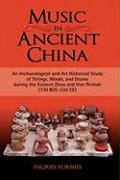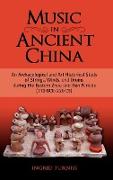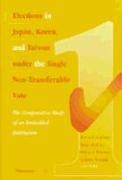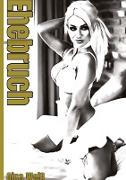- Start
- Music in Ancient China
Music in Ancient China
Angebote / Angebote:
Many tombs dating to the Eastern Zhou (770-221 BCE) and Han (206 BCE-220 AD) periods contain musical instruments or their visual representations in the form of wood, stone, and ceramic figures, tomb tiles, and engravings. These finds suggest that music was viewed as an important part of the afterlife. While bells have survived more frequently than wooden instruments, and therefore have received the most scholarly attention, strings, winds, and drums are the focus of discussion in this book.
The book examines the use of these three instrument types in both solo and ensemble music, as well as the social, ritual, and entertainment functions of each. When combined with bells (and chime stones), strings, drums, and winds appear to have been associated with formal ritual ceremonies. However, when appearing alone or in assemblages with other wooden instruments during Zhou, they appear to be connected with warfare and entertainment. By Han times, strings, winds, and drums seem to be associated almost exclusively with entertainment, pointing to a shift in the social life of the times.
Another topic explored in this book is the association of musical instruments with wealth. When combined with bells and chime stones, they are only found in the wealthiest tombs. However, when found by themselves, strings, winds, and drums appear in small to large, modest to wealthy tombs, suggesting that they were available to a broad range of peoples in early Chinese elite society. This book analyzes an often disregarded aspect of early Chinese music, the role of strings, winds, and drums.
Music in Ancient China will be a valuable book for those interested in ethnomusicology and music history, Asian art history and archaeology, and Asian studies.
Folgt in ca. 15 Arbeitstagen




